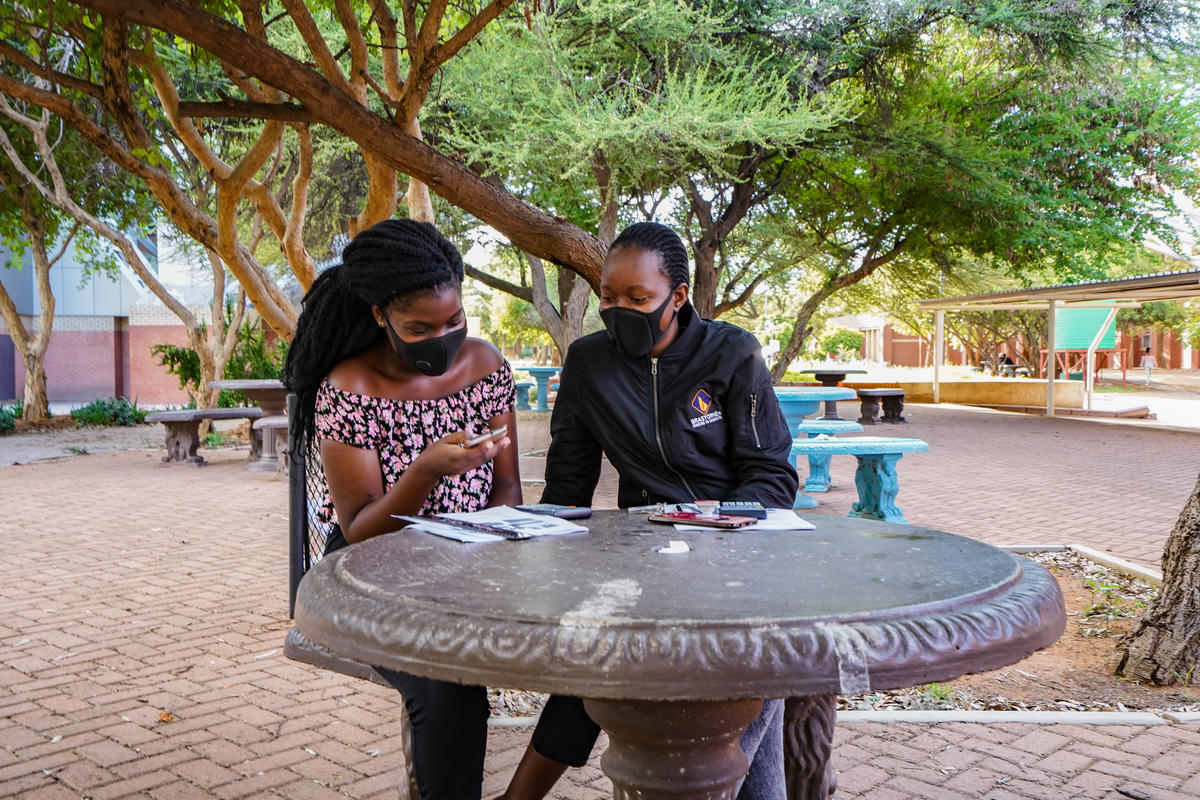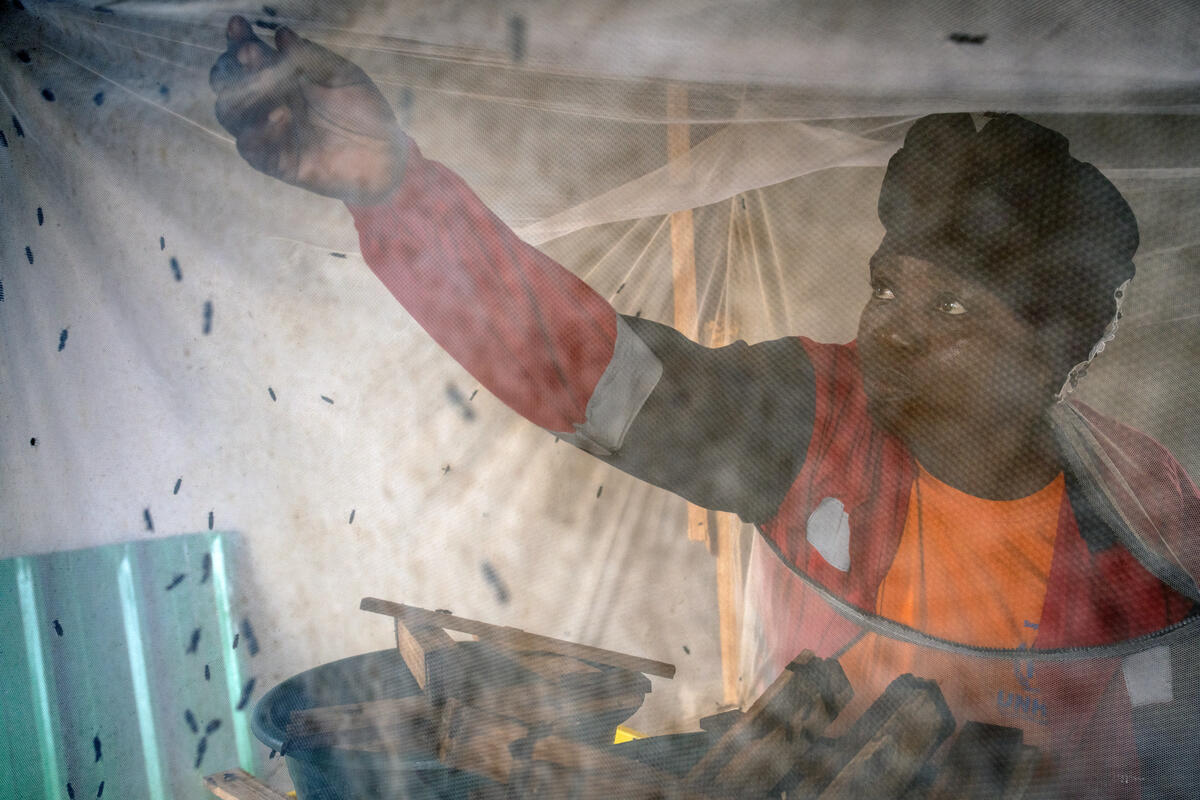South Africa: Changing pattern of displacement from Zimbabwe
South Africa: Changing pattern of displacement from Zimbabwe
UNHCR has noticed some disturbing developments with the pattern of displacement from Zimbabwe following the March general elections and accelerating since the 27 June presidential run-off vote, with more refugees crossing the border into South Africa seeking asylum. Previously, most Zimbabweans crossing the border were single men (about 90 percent) or women seeking work. We are now seeing however, an increasing number of families arriving as a result of political violence, with several people showing signs of beatings or torture.
In the town of Musina near the northern border with Zimbabwe, there is a visible presence of vulnerable Zimbabweans sleeping rough in the bush, begging at the traffic lights and clearly in distressed circumstances and desperately needing humanitarian help. Most of the support they are getting comes from faith-based groups, but the resources of these groups are very limited. We are seeing how UNHCR can reinforce these efforts.
A further indication of the evolving refugee situation is the growing crowds of Zimbabweans - around 3,000-4,000 - approaching the Crown Mines Refugee Registration Office in Johannesburg each Thursday and Friday, the days set aside for Zimbabwean asylum seekers.
Many new arrivals are entering the country through unauthorized border points - those entering legally usually do not claim asylum upon entry - making it difficult to give an accurate estimate of the numbers involved. Fearful of arrest and deportation, they remain underground, making them vulnerable to other forms of violence and exploitation such as rape and robbery. According to reliable sources, in the last 40 days alone, some 17,000 Zimbabweans have been deported from South Africa through the Beit Bridge border post, despite earlier calls from UNHCR to suspend all deportations.
In our view, the large scale deportations, coupled with the difficulties that Zimbabweans face braving the crowds to access the national asylum procedure, create a real risk that refoulement - or forcible return to their country of origin where they could face danger - could occur. In response, working together with the authorities, we have reinforced our presence at the border and are making daily visits to the detention and deportation facility in Musina to identify Zimbabwean asylum seekers and refer them to the appropriate government authorities. We are also discussing these issues with the government to try and ensure that refugees and asylum seekers get the protection they need.
The High Commissioner is reiterating his appeal to South Africa to halt all deportations of Zimbabweans and ensure that those seeking asylum should have access to the national asylum procedures. We continue to urge South Africa to exceptionally grant Zimbabweans a temporary legal status allowing them to stay in the country, an option which is foreseen in national legislation.
UNHCR recognises that there is a complex situation in South Africa, with a large number of Zimbabweans already in South Africa before the recent political developments in Zimbabwe. We will continue supporting the South African authorities in strengthening the national asylum system and in all efforts to ensure protection to refugees and asylum seekers presently in the country. There are presently more than 138,000 registered refugees and asylum seekers in South Africa, coming from a wide range of countries.
Zimbabwean asylum seekers have also been reported arriving in neighbouring countries since March with some 700 arrivals in Botswana where they have been processed quickly by the government and 38 arrivals in Zambia. UNHCR monitoring teams in Mozambique's border provinces have also identified several hundred asylum seekers from Zimbabwe who need protection.








